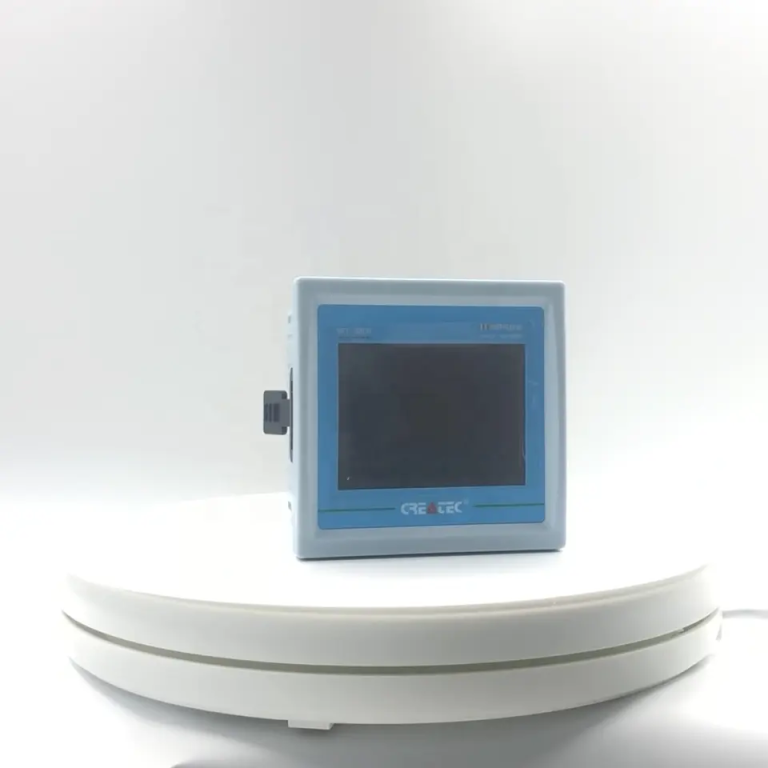“الوضوح في كل قطرة – قياس العكارة للحصول على مياه أنظف”
فهم التعكر: ما هو ولماذا يهم
يتم قياس التعكر عادة باستخدام جهاز يسمى مقياس العكارة، والذي يقيس كمية الضوء المتناثرة أو الممتصة بواسطة الجزيئات العالقة في الماء. يتم عادةً الإبلاغ عن النتائج بوحدات التعكر الكلوي (NTU)، وهي وحدة موحدة لقياس التعكر.
هناك العديد من العوامل التي يمكن أن تساهم في ارتفاع مستويات التعكر في المسطحات المائية. أحد المصادر الرئيسية هو التآكل، والذي يمكن أن يحدث بشكل طبيعي أو نتيجة للأنشطة البشرية مثل البناء والزراعة وإزالة الغابات. عندما تضطرب التربة، يمكن أن تنجرف إلى المسطحات المائية القريبة، مما يزيد من كمية الجزيئات العالقة ويسبب ارتفاع التعكر.
مصدر شائع آخر للتعكر هو الجريان السطحي من المناطق الحضرية، والذي يمكن أن يحمل الملوثات مثل الزيت والشحوم والنفايات. المعادن الثقيلة في المسطحات المائية. يمكن أن تؤدي هذه الملوثات إلى زيادة تدهور جودة المياه وتشكل تهديدًا للحياة المائية وصحة الإنسان.
يمكن أن تتأثر التعكر أيضًا بالأحداث الطبيعية مثل العواصف والفيضانات، والتي يمكن أن تثير الرواسب والحطام في المسطحات المائية. ومن المتوقع أن يؤدي تغير المناخ إلى تفاقم هذه الأحداث، مما يؤدي إلى عواصف أكثر تكرارا وشدة يمكن أن تزيد من مستويات التعكر في المسطحات المائية.
إن مراقبة التعكر أمر ضروري لتقييم صحة المسطحات المائية وتنفيذ التدابير لحمايتها. ومن خلال تتبع التغيرات في التعكر بمرور الوقت، يمكن للعلماء وصناع السياسات تحديد مصادر التلوث ووضع استراتيجيات للحد منها. يمكن أن يساعد ذلك في تحسين جودة المياه، وحماية النظم البيئية المائية، وضمان سلامة مياه الشرب للمجتمعات في جميع أنحاء العالم.
في الختام، يعد التعكر مؤشرًا رئيسيًا لجودة المياه التي يمكن أن يكون لها تأثيرات كبيرة على النظم البيئية المائية وصحة الإنسان. ومن خلال فهم العوامل التي تساهم في التعكر ومراقبة مستوياته في المسطحات المائية، يمكننا اتخاذ خطوات لحماية هذه الموارد القيمة والحفاظ عليها للأجيال القادمة.

Turbidity is typically measured using a device called a turbidimeter, which measures the amount of light that is scattered or absorbed by suspended particles in the water. The results are usually reported in nephelometric turbidity units (NTU), which is a standardized unit of measurement for turbidity.
There are several factors that can contribute to high levels of turbidity in water bodies. One of the main sources is erosion, which can occur naturally or as a result of human activities such as construction, agriculture, and deforestation. When soil is disturbed, it can be washed into nearby water bodies, increasing the amount of suspended particles and causing turbidity to rise.
Another common source of turbidity is runoff from urban areas, which can carry pollutants such as oil, grease, and heavy metals into water bodies. These pollutants can further degrade water quality and pose a threat to aquatic life and human health.
Turbidity can also be influenced by natural events such as storms and floods, which can stir up sediment and debris in water bodies. Climate change is expected to exacerbate these events, leading to more frequent and intense storms that can increase turbidity levels in water bodies.
Monitoring turbidity is essential for assessing the health of water bodies and implementing measures to protect them. By tracking changes in turbidity over time, scientists and policymakers can identify sources of pollution and develop strategies to reduce them. This can help to improve water quality, protect aquatic ecosystems, and ensure the safety of drinking water for communities around the world.
In conclusion, turbidity is a key indicator of water quality that can have significant impacts on aquatic ecosystems and human health. By understanding the factors that contribute to turbidity and monitoring its levels in water bodies, we can take steps to protect and preserve these valuable resources for future generations.





